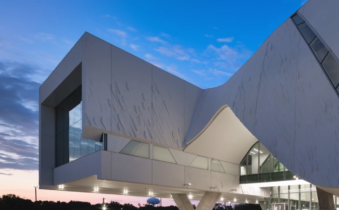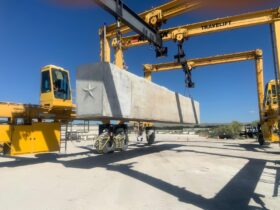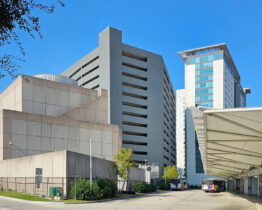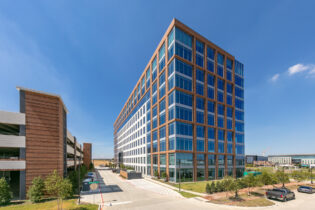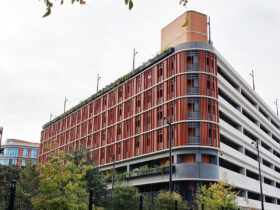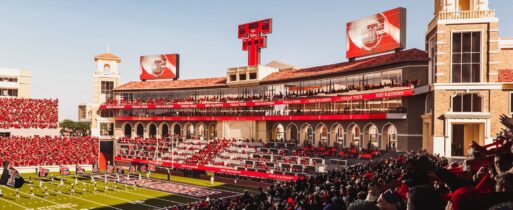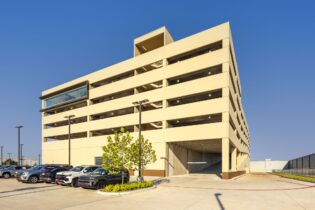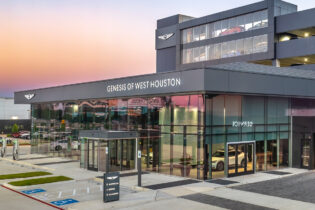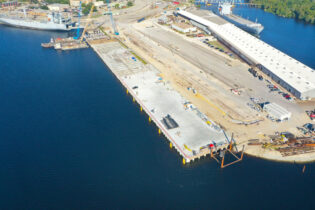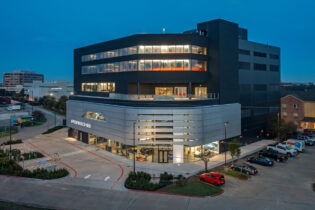Best Bridge Innovation
Description
Originally built in 1923, The Comal River Bridge needed significant safety improvements to keep the bridge operational. The existing arch spans and girder spans supported a roadway with two lanes only 10-feet-wide. It lacked shoulders and only had narrow 4-foot sidewalks posing safety risks for pedestrians and drivers. Additionally, the weight limit on the original bridge could not support heavy emergency response vehicles. The Texas Department of Transportation identified this bridge for funding from its Off-System Bridge Program. Development of this unique project required strong community support. Furthermore, it required involvement in the desired outcome of this historic river crossing.
The main goal was to upgrade the structural and safety aspects of the Comal River Bridge while retaining its historical ambiance and architecture. The bridge is located in a popular recreational area; it was important to minimize river and road closure times. The project team of Capital Excavation, Bexar Concrete Works, and Modjeski and Masters proposed precasting very large spandrel frames to accelerate construction. The project was completed ahead of schedule. Now 48 feet, the bridge includes 15-foot vehicle lanes with shoulders and 8-foot wide sidewalks on each side for pedestrians. In addition, the bridge, with its new spandrel frames and precast spans, now allows emergency and other heavy vehicles to cross the bridge. Now, it provides a faster response time to critical care situations. Strong railings were added to further complement the bridge’s architecture and history.
Key design features
Key design features for this concrete arch Comal River Bridge rehabilitation include the removal of the existing superstructure and spandrel columns at each pier. New precast spandrel frames, which are pier caps integral with supporting columns and braces, are installed at each pier. The new superstructure is installed on the new pier caps. This new precast superstructure is prestressed and no longer needs to rely on intermediate supports at intermediate spandrel columns. The new superstructure uses shallow precast prestressed box beams to avoid a change in grade. The exterior beams have an integral overhang precast with the beam to avoid the need for installing and removing overhang formwork. After beam erection, concrete shear keys are poured between each beam.
Summary of innovations or accomplishments using precast concrete
The plans design indicated these to be built conventionally with CIP concrete. One goal of the proposed alternative was to accelerate bridge construction substantially. Second, to allow the Comal River Bridge to open earlier than its original December 2020 date. For the first time, precast spandrel frames were used on a project in the US. Bexar Concrete Works also proposed integral, precast overhangs with the precast box beam superstructure, all to accelerate construction and improve project safety. Bexar also proposed replacing 135 neoprene bearings with a more cost-effective and simpler integral superstructure to substructure connection. Challenges in the precast spandrel frame design included carefully considering concrete mix design and formwork design to mitigate and avoid shrinkage cracking. Considerable attention allowed them to address stresses from lifting the elements from their casting position and rotating them vertically. Finally, shipping large and heavy products to the site took substantial coordination between all parties.
- Precast Manufacturer – Bexar Concrete Works – San Antonio, TX
- Precast Concrete Engineer – Modjeski and Masters – Round Rock, TX
- General Contractor – Capital Excavation – Buda, TX
- Engineer of Record – Texas Department of Transportation – Austin, TX
- Owner – City of New Braunfels – New Braunfels, TX



